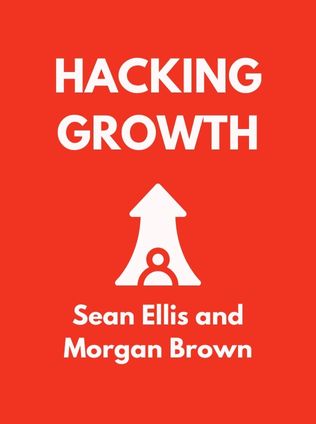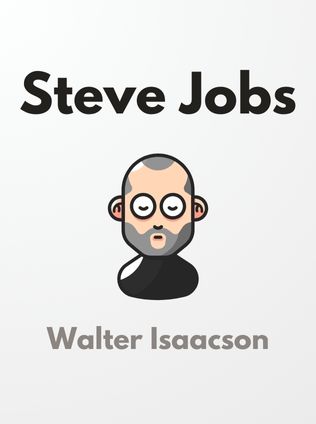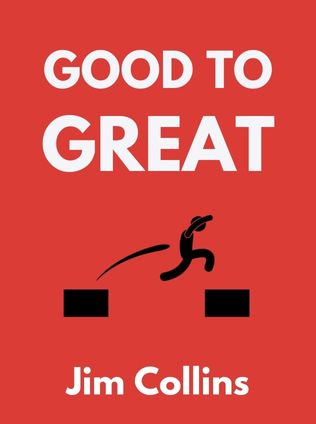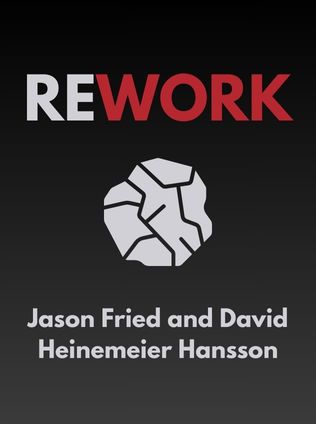
Hacking Growth
How Today's Fastest-Growing Companies Drive Breakout Success
By Sean Ellis and Morgan Brown
Published 04/2017
About the Author
Sean Ellis and Morgan Brown, the authors of Hacking Growth, are two of the most influential figures in the world of growth hacking. Sean Ellis is credited with coining the term "growth hacking" and has been a pioneering force in Silicon Valley since the early 2000s. He has worked with companies such as Dropbox, Eventbrite, and LogMeIn, helping them achieve exponential growth through innovative, data-driven strategies. His approach to business growth focuses on rapid experimentation and constant optimization, making him a sought-after expert in the tech world.
Morgan Brown, an accomplished growth strategist, has a rich background in early-stage startups and has worked as a growth product manager at Facebook. Together with Ellis, Brown has championed the growth hacking methodology, which combines marketing, product development, and data analytics into a cohesive strategy aimed at driving business growth. Their collaborative work in Hacking Growth provides a comprehensive guide for businesses seeking to thrive in the modern, fast-paced digital landscape.
Ellis’s career began in the early 2000s when the tech industry was just starting to explode with innovation. His approach to growth was born out of necessity—many startups lacked the resources for traditional marketing campaigns. Instead, Ellis focused on low-cost, high-impact strategies that could be tested and refined quickly. His work at Dropbox, where he implemented a referral program that rapidly accelerated user growth, is often cited as one of the most successful examples of growth hacking in action.
Brown, on the other hand, has a background that blends marketing and product management. His experience at Facebook, one of the world’s most data-driven companies, provided him with a deep understanding of how to leverage user data to drive growth. Brown’s contributions to Hacking Growth bring a practical perspective on how to implement growth hacking strategies in large organizations, making the book relevant not only for startups but also for established companies looking to innovate.
Main Idea
The central theme of Hacking Growth is the importance of adopting a growth hacking mindset to stay competitive in the modern business environment. The book outlines a systematic approach to growth, emphasizing rapid experimentation, data-driven decision-making, and continuous optimization. Ellis and Brown argue that traditional marketing strategies are no longer sufficient in the digital age. Instead, businesses must focus on understanding their customers deeply, iterating quickly based on data, and forming interdisciplinary teams that can tackle growth challenges from multiple angles.
The book is structured around the concept of the growth hacking cycle—a repetitive process of gathering insights, generating ideas, testing hypotheses, and scaling successful experiments. This cycle is designed to help businesses discover what works and discard what doesn’t, thereby achieving sustainable and scalable growth. The authors provide a "playbook" for implementing these strategies, making it applicable to a wide range of businesses, particularly those in the tech and online sectors.
Ellis and Brown emphasize that the modern business environment is increasingly competitive, and companies that fail to innovate risk being left behind. They argue that growth hacking is not just a set of tactics but a mindset that prioritizes experimentation, learning, and adaptability. This mindset is particularly important in the digital age, where consumer behavior can change rapidly, and businesses must be able to respond quickly to new trends and challenges.
The authors also highlight the importance of customer-centricity in growth hacking. They argue that the most successful growth hacks are those that focus on delivering value to customers. By deeply understanding their needs and behaviors, businesses can create products and experiences that not only attract new customers but also retain existing ones. This focus on the customer is what differentiates growth hacking from traditional marketing strategies, which often prioritize short-term gains over long-term customer loyalty.
Table of Contents
- Setting Up Your Growth Hacking Basics
- The Growth Hacking Cycle
- Applying Growth Hacking to Four Areas of Growth
Setting Up Your Growth Hacking Basics
Ensure Your Product Is a "Must-Have"
Before diving into growth hacking, the authors stress the importance of having a product that customers can’t live without. This means your product must address a specific need so well that customers would be disappointed if they could no longer use it. This "click" moment, as Ellis and Brown describe it, is the key to understanding whether your product has the potential to drive significant growth.
To determine if your product is indispensable, the authors recommend conducting surveys to gauge customer satisfaction and loyalty. They suggest asking your customers how they would feel if they could no longer use your product, offering choices like "very disappointed," "somewhat disappointed," and "not disappointed." If at least 40% of respondents say they would be "very disappointed," your product is likely a "must-have."
This concept of the "click" moment is crucial because it represents the point at which a user truly understands the value of your product. It’s the moment when the product becomes more than just a tool—it becomes essential. For example, Ellis and Brown describe how Dropbox’s "click" moment occurred when users realized the convenience of accessing their files from any device, anywhere in the world. This realization transformed Dropbox from a simple file storage service into an indispensable part of users’ daily lives.
However, identifying this "click" moment isn’t always straightforward. The authors suggest using data to track user behavior and identify patterns that indicate when users are most likely to reach this realization. By analyzing metrics such as user engagement, retention rates, and customer feedback, businesses can gain insights into what drives the "click" moment and how to replicate it for more users.
Build Your Growth Team
Once you’ve validated that your product is essential, the next step is to build a dedicated growth team. This team should be interdisciplinary, bringing together experts from different areas of your business. According to the authors, a successful growth team typically includes the following roles:
- Growth Lead: The team leader responsible for keeping everyone focused and driving the growth agenda forward.
- Analyst: A data expert who can extract insights from customer data and help shape growth strategies.
- Product Manager: Ensures that growth initiatives align with the product’s overall strategy and user experience.
- Marketer: Brings expertise in consumer psychology, branding, and messaging, crucial for crafting effective growth campaigns.
- Engineer: Provides technical support and helps implement growth experiments, especially in digital and software products.
By assembling a team with diverse skills and perspectives, you can approach growth challenges more creatively and effectively. This interdisciplinary approach ensures that all aspects of your business are aligned towards a common goal—driving growth.
The authors argue that growth should not be treated as a side project or an afterthought; it must be a core focus of the business. This is why having a dedicated growth team is so important. The team’s sole purpose is to find and capitalize on opportunities for growth, ensuring that the business is always moving forward. This requires a culture of experimentation and a willingness to take risks, as growth hacking often involves trying new things and learning from failures.
Sign up for FREE and get access to 1,400+ books summaries.
You May Also Like
The Lean Startup
How Today's Entrepreneurs Use Continuous Innovation to Create Radically Successful Businesses
By Eric RiesThe Ride of a Lifetime
Lessons Learned from 15 Years as CEO of the Walt Disney Company
By Robert IgerThe Hard Thing About Hard Things
Building a Business When There Are No Easy Answers
By Ben Horowitz



















